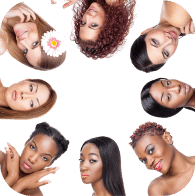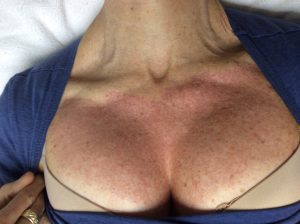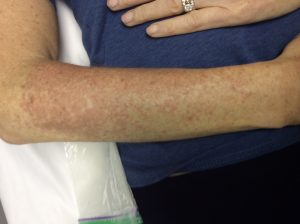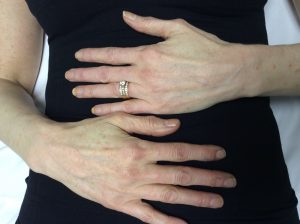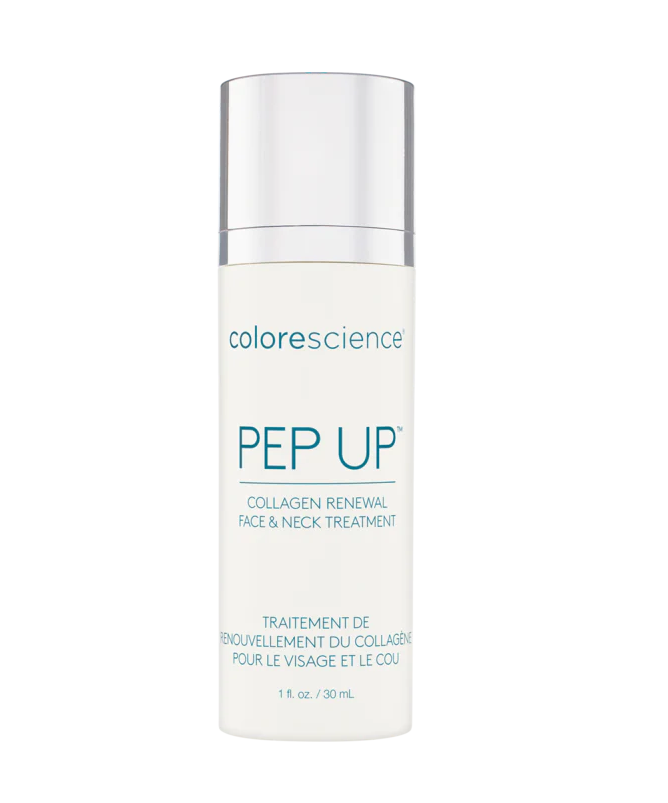A skincare routine encompasses all the choices you make and steps you take in your day-to-day skincare routine that have an effect on your skin health – from good dietary habits to getting enough sleep but remember, an effective and efficient skincare routine works only as well as the quality products you use and the regular regimen you follow, that have been selected with your specific concerns in mind.
As we’ve covered in earlier topics, the factors that contribute to your overall skin health (The Ultimate Guide to Skincare – What’s the Big Deal; The Ultimate Guide to Treating Dull Skin), this article will aim to focus mainly on the factor of products.

When Should You Start?
How ‘bout right now?!
The younger you are when you start, the better, but it’s never too late to establish healthy habits. Whether you want to help prevent or treat wrinkles, smooth away dryness or creases, or address other concerns or damage, you should start a skincare routine as soon as possible.
Age doesn’t matter; but skin type does.
Take into account, for a moment, a research-supported truth: “Skin has the same basic needs at every age”. Your age, gender, or ethnicity would be irrelevant, as your skin requires cleansing, exfoliation, hydration, protection, replenishing and restoration irrespective.
And as you age, your skin type changes. Some people may find their skin becomes drier with age, while others may experience oilier skin, breakouts and enlarged pores as their skin matures. For this reason, you should opt for a skincare regimen that is based on your skin type and concerns you want to address, and not on your age.
Good vs Poor Quality Products?
While good quality products help your skin look and feel better now, as well as in the future; poor quality products are ineffective and may even cause harm:
Good Quality are Products that:
- Have quality ingredients that can improve your skin health
- Protect from environmental damage
- Help fight or slow down the effects of aging
- Offer results for money
- Have results that may be dramatic if maintained
- Exceed standards and are more refined
- Once established, are easier to maintain
- Boost confidence and encourage you to adopt other healthy routines and an overall healthy lifestyle
Poor Quality are Products that:
- Prevent the skin from performing its natural functions properly
- Have ineffective results
- Cause burning or stinging of the skin
- Cause or spread infections
- Cause irritation or allergic reactions (such as rashes or blisters)
- Worsen problems by clogging pores or causing breakouts
- Cause dehydration or peeling
- Cause pigmentation changes
- Cause excessive oiliness
- Increase your risks of greater complications (such as cancers)
- Waste your money
In saying “Good” and “Poor Quality” products, we are referring to products selected and utilized, with or without considering your specific skin type and concerns. This, in no way, makes reference to a particular brand.
Tips to Consider When Building a Good Skincare Routine
These are our top tips to consider when building your daily skincare regimen:
1. Know Your Skin Type
The only tips that can be applied to and followed by all skin types are:
- Apply the four fundamentals – cleanse, tone, moisturize, and protect!
- Stay hydrated
- Change pillow cases at least once a week
- Wash or tie back hair before bed
- Wear sunscreen every day and apply 15 minutes before going out
- Don’t forget to patch test new products to avoid potential allergic reactions
Otherwise, steer clear of the idea of applying the “one size fits all” approach when it comes to your skin and its care.
As we mature and our skin is exposed to the elements, it evolves, and sometimes, our skin type alters in that process. In a previous article, we explored the various skin types and how to perform a self-evaluation. However, to be certain you’re using the correct products that satisfy your skin’s cravings, please visit Urban Body Laser to have one of our qualified aestheticians evaluate your needs.
2. Timing, Order and Method of Product Application All Matters
Consider Product Absorption Time
It’s highly important to allow adequate time for your skin to properly absorb the products you’re applying for effective results.
Layer Your Products from Thinnest Consistency to Thickest
Ideally, you should begin with the products containing ingredients that most critical for penetrating the skin (such as antioxidants in serums) – these products tend to be ‘thinner’ in consistency. Then, you want to lock these products in with a moisturizer, which is ‘thicker’ in consistency. Moisturizers contain ingredients like emollients and humectants, which are meant to sit on top of your skin to help keep it moist and soft.
If products are not applied in the correct order, you will not achieve the best results from your skincare regimen. Read further for more details.
Work Products into Your Skin in an Upwards and Outwards Motion
Using an upwards and outwards motion when applying products helps with lifting and firming the skin.
3. Back to Basics
No matter what your skin type is, a basic daily skincare routine can help you maintain skin health and improve some concerns. A basic daily skincare routine has 4 simple steps, that you can do twice daily – mornings and evenings.
Cleanse
Cleanser is the foundation of any skin-care routine. It’s important to gently wash your face twice a day to remove makeup, dirt and pollutants that have settled on your skin, that can cause clogged pores or irritation, and starting with a cleaned surface allows your other skincare products to work better.
Tone
Toner is used to rebalance your skin’s pH levels, as well as to remove anything missed while cleansing
Moisturize
Moisturizer should be used twice daily to hydrate and soften your skin, and prevent water loss that occurs throughout the day.
Protect
Using a physical sunscreen (SPF 30 or higher) during the day, all-year-round.
The goal of any skincare regimen is to spruce up your complexion so it’s functioning at its best, and also target any areas you want to correct. In some case, faces do better with fewer products; so, if you’re just starting out, keep it simple with this basic skincare routine.
4. Always Wear Protection
We’ve mentioned it as one of the fundamentals and we’re saying it again, don’t forget the sunscreen. SPF protects your skin from sun damage such as spots, dehydration, hyperpigmentation, wrinkles and more importantly, it prevents more serious conditions such as skin cancer and melanoma. Remember to opt for a physical sunscreen (rather than chemical), that offers protection, water resistance, and has an SPF of 30 or higher.
5. Patience is Your Ally
Bear in mind that there’s no such thing as a quick fix. Patience, diligence and consistency will be required on your part, to stick to your regimen for a minimum of two-months before results are noticeable.
As the saying goes: “When it comes to patience, we don’t have to change old habits; we can build better ones.” – Sue Bender
6. Self-Care is Not Selfish
Opportunities for self-care have ultimately been replaced by working long hours and in some cases, caring for others before ourselves. But you wouldn’t drive a car with no fuel in it! In the world we live in today, setting aside time for self-care is not an indulgence but rather an absolute necessity — more now, than ever before.
So, drop the guilt and show yourself and your skin some love – it’s proven to have amazing physical and mental health benefits and ultimately benefits everyone else around you as well?
The A – Z of a Skincare Routine
Now that we’ve established the basics, let’s get into an actual skincare routine, shall we?
The Optimal Order to Apply Skincare Products
The main purpose of a skincare routine is to preserve your skin health and keep it functioning at its best. It is not about perfection or correction but rather, creating a strong foundation for your overall wellbeing. That said, there’s no singular prescribed skincare routine for everyone—it’s highly personalized.
So, what might this “foundation” look like? Well, we’ve included a daily skincare routine, showing the optimal order to apply your skincare products for both mornings and evenings:
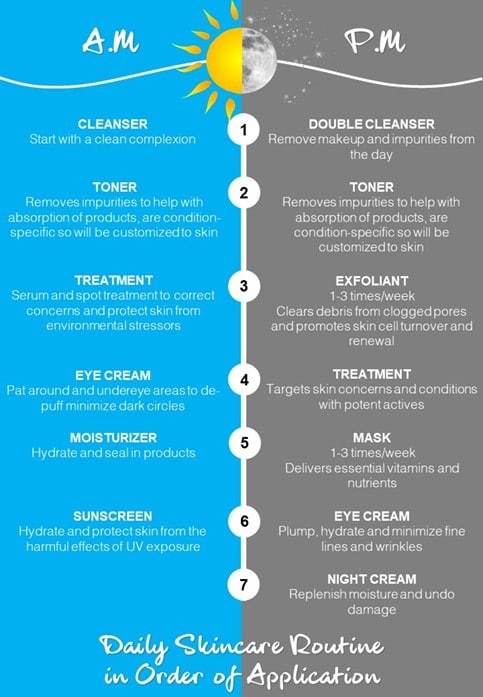
Skincare Products
Okay, by now, you’re probably feeling slightly overwhelmed – I mean, who wouldn’t? But allow us to put you at ease.
In this next section, we aim to explore each product in more detail.
Let’s start:
CLEANSERS
What is it?
Cleansing (washing) your face to remove excess oils, dirt, and other unwanted particles on your face.
Regular cleansing is essential for maintaining proper hydration and removing excessive dirt, oil, and dead skin cell build-up on the skin’s surface, which causes bacterial blockages of the pores, resulting in inflammation, and acne.
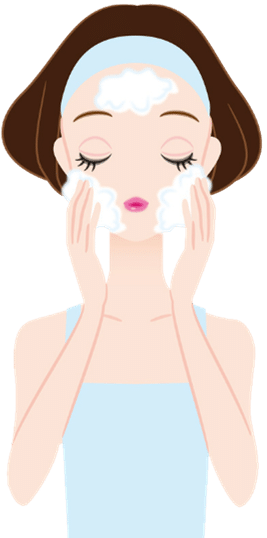
How should it be applied?
- Wash your hands and rinse your face with lukewarm water
- Apply a small amount of gentle cleanser onto hands
- Massage cleanser all over your face using gentle pressure
- Rinse hands and massage your face with water to rinse until water runs clear and cleanser and grime are removed
- Gently pat your face dry with a soft towel
Be sure to cleanse twice in the evenings, especially if you wear makeup:
- First remove makeup with cleansing oil and soft cotton pad
- Allow eye-makeup removers to sit for a few minutes so makeup comes off more easily; Avoid rubbing delicate eye area
- Follow up with a full-face gentle cleanse
Alternatively, refer to product directions for proper application as products can vary in application
When should it be used?
Mornings
Evenings (Double)
After exercising
Excessive cleansing can lead to skin irritation and stripping of essential skin layers
Our recommendation:
For Dry Skin:
Balancing Cleanser
For Sensitive Skin:
Calming Cleanser
For Oily Skin:
Cleanse/Purifier
All Skin Types:
Sea Mineral Cleanse
Illuminating Cleanser
TONERS
What is it?
Toners contain ingredients that replenish and restore nutrients to the skin, enhancing and hydrating the skin’s surface by unclogging pores, allowing better absorption of skincare products and providing additional cleansing
Toners may also help to relieve dry patches and discoloration
Toners also are condition-specific, so, depending on the condition of the skin, the toner will be customized
Exfoliating toners, retinoids or other exfoliators should not be used at the same time
How should it be applied?
- Toners should be applied with a soft cotton pad, directly after cleansing
- Pour a few drops of toner onto a cotton pad (ensure pad is not soaking wet)
- Gently swipe onto your face and neck area, avoiding delicate eye and lip areas
- Pay special attention to the hard-to-reach areas such as the eye brows, hairline and sides of nose
Alternatively, refer to product directions for proper application as products can vary in application
When should it be used?
Mornings
Evenings
Hydrating formulas can be used twice a day
Exfoliating formulas—formulas that remove dead skin cells with ingredients like glycolic acid—should only be used in the evenings.
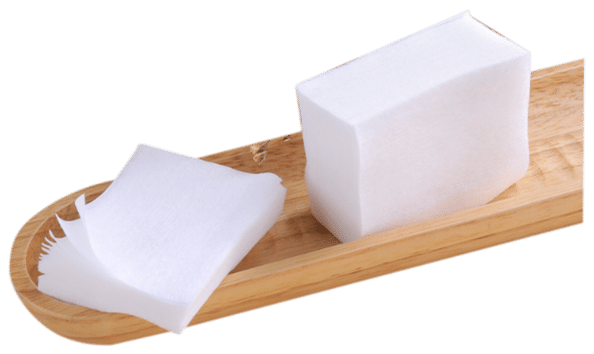
Our recommendation:
For Dry Skin:
Illuminating Spritzer
For Sensitive Skin:
Calming Spritzer
For Oily Skin:
Pure Spritzer
All Skin Types:
Rain Spritzer
SERUMS
What is it?
Serums are known for their ability to penetrate deeper into the skin layers, enabling delivery of powerful ingredients directly to the skin.
Serums may contain exfoliants such as alpha-hydroxy acids (AHA) or lactic acid.
Serums are great for treating specific skin concerns and are formulated according to one’s skin type
How should it be applied?
- Serum should be applied with clean fingers, by gently patting onto skin
- Ensure coverage of your entire face
- Allowing serum to fully absorb into your skin before applying next product
Alternatively, refer to product directions for proper application as products can vary in application
When should it be used?
Mornings
Evenings
Use a serum with antioxidants—like a brightening vitamin C serum— in the mornings, for protection from free radicals you’ll encounter throughout the day.
Use a moisturizing serum with hyaluronic acid, to keep your skin from drying out at night (especially if you’re using anti-aging or acne treatments that can irritate and dry out the skin)
Serums are normally applied after toners, just before a moisturizer or SPF, though always remember:
- Apply water-based serums before moisturizer
- Apply oil-based serums after moisturizer
Our recommendation:
For Dry Skin:
Boost
Enrich
Illuminating Serum
For Sensitive Skin:
Organic Aloe Gel
Soothe
For Oily Skin:
Revive
Vitamin A Serum
All Skin Types:
Aox + Serum
Awaken
Enhance
Rejuvenate +
Smoothing Serum
EXFOLIANTS & MASKS
What is it?
Exfoliants work by removing the top layer of dead skin cells that can cause skin to appear thick and dull, to reveal a fresh, glowing layer of new skin. It also helps to dislodge ingrown hairs from beneath the upper layers of skin.
- Chemical exfoliants – including alpha-hydroxy acids (aka AHA: glycolic acid, lactic acid, citric acid) and hydroxy acids (salicylic acid) – are excellent for inducing cell turnover, increasing collagen formation, and improving dullness
- Physical exfoliation is manually scrubbing away dead skin cells, excess oil, and buildup with a face scrub
Face masks, reveal fresh, clear skin and leave your complexion looking polished and although relaxing, may dry out your skin if overused
How should it be applied?
EXFOLIANTS:
- After cleansing and toning, with clean hands, apply a thin layer of exfoliant over face and neck
- Leave on skin for a few minutes
- Gently massage over skin, using light pressure to exfoliate the skin of dead skin cells
- Rinse thoroughly until water runs clear
- Gently pat dry with a clean towel and follow with appropriate moisturizer
MASKS:
- After cleansing and toning, with clean hands, apply a very thin layer to face and neck, avoiding eye area
- Leave on for a few minutes; Rinse thoroughly with warm water until water runs clear
- Gently pat dry with a clean towel and follow with appropriate moisturizer
Alternatively, refer to product directions for proper application as products can vary in application
When should it be used?
Evenings
Exfoliating can be harsh on your skin, so it’s recommended to exfoliate no more than 2 – 3 times a week
Hydrating masks are recommended to be used no more than 2 – 3 times a week
Do not follow with toner or products that contain essential oils, acids or enzymes as irritation will occur
Our recommendation:
EXFOLIANTS:
All Skin Types:
Microderm Exfoliant
MASKS:
For Dry Skin:
Refresh Hydrating Mask with Hyaluronic Acid
For Sensitive Skin:
Remedy
For Oily Skin:
Flower Acid Peel
All Skin Types:
Detoxifying Mask
Glycolic Cherry Peel
EYE CREAMS
What is it?
Eye creams protect your eye area from other potent skincare products and also help to moisturize, hydrate, illuminate, tighten, and provide antioxidants to this delicate area.
Eye creams may be used to treat fine lines, wrinkles, puffiness or dark circles under your eyes
How should it be applied?
- To apply, tap gently around the entire eye area, including eyelid
In the mornings, use an eye cream that has a rollerball applicator – the cold steel helps with fluid retention
In the evenings, tap on a hydrating eye cream that will protect your under-eyes and repair your skin barrier overnight
Alternatively, refer to product directions for proper application as products can vary in application
When should it be used?
Mornings
Evenings
Apply before moisturizer, as eye creams tend to be thinner than face moisturizers
Our recommendation:
All Skin Types:
Aqua Eye Cream
MOISTURIZERS & NIGHT CREAMS
What is it?
Moisturizers hydrate the skin, leaving it feeling soft to the touch and locks in all other applied products
Moisturizers may have an SPF, which offers UV protection
How should it be applied?
- Dab moisturizer with clean fingers, onto the face and neck areas
- Spread the moisturizer into the skin using a swirling (upwards and outwards) motions until fully absorbed into your skin
- Wait for the moisturizer to dry before applying makeup
Alternatively, refer to product directions for proper application as products can vary in application
When should it be used?
Mornings
Evenings
Mornings: apply a lightweight lotion or moisturizer (ideally with SPF 30 or higher)
Evenings: apply a thicker night cream
Moisturizer should be applied as the last step before makeup is applied
Our recommendation:
For Dry Skin:
Illuminate
For Sensitive Skin:
Restore
For Oily Skin:
Matte Moisture
All Skin Types:
Enrich Plus
SPOT TREATMENTS
What is it?
Spot treatments work well for acne-prone skin and normally contain concentrated salicylic acid or benzoyl peroxide.
Spot treatments should be applied as close to the skin as possible, to maximize their benefits
If using a spot treatment, don’t combine it with retinoids or anything else that can irritate your skin
How should it be applied?
Remember that spot treatments may dry out your skin, so apply only on spots where needed
Alternatively, refer to product directions for proper application as products can vary in application
When should it be used?
Evenings
Our recommendation:
For Oily Skin:
Clearify
SUNSCREENS
What is it?
Sunscreen should be the last step in your daytime skincare routine. It prevents skin discoloration, signs of aging and decreases the development of skin cancers.
Opt for: a sunscreen that offers SPF 30 or higher; a broad-spectrum SPF (meaning that your sunscreen protects from both UVA and UVB radiation)
Physical sunscreen: a natural mineral is used to block UV rays; works immediately; locks in moisture and reflects the heat
Chemical sunscreen: has to be absorbed into the skin to be effective so applying after your moisturizer will delay and hinder that; if you apply a chemical sunscreen before your moisturizer, then your moisturizer will not work as well.
For those who prefer chemical sunscreens, look for a formula that offers moisturizing benefits, so you can get your daily hydration needs while protecting your skin
Refer to product directions for proper application as products can vary in application
When should it be used?
Daily
Product should be applied and reapplied daily, irrespective of weather conditions
Our recommendation:
All Skin Types:
Sunforgettable® Total Protection™ Face Shield SPF 50
We hope that this guide has helped you to understand the importance and benefits of a proper skincare regimen and the products involved.
However, if you would like to learn even more, then set up a consultation at Urban Body Laser today! Our friendly and qualified team would be happy to answer any questions you may have and help you develop the best skincare routine and products for your concerns and lifestyle. Contact us at info@urbanbodylaser.com, live chat or at (604) 229-2836.
We proudly invite you to browse our online store to view our incredible product range at https://urbanbody.myshopify.com! Our collection of R3 Derma Health products contains the highest concentration of active and natural ingredients, best suited for those individuals who desire faster results.













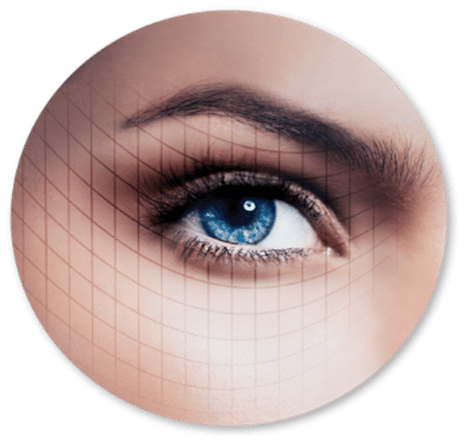 The answer is absolutely. Let us explain – It’s true that eye creams contain the same types of ingredients found in many face creams. However, they’re also meant to address hyper-specific skincare issues. Not only does the skin underneath your eyes require more targeted TLC (i.e., retinol for wrinkles, ingredients for puffiness, niacinamide for dark circles, etc.), it’s also a lot thinner than other areas of the face—in fact, it’s the thinnest skin on the body.
The answer is absolutely. Let us explain – It’s true that eye creams contain the same types of ingredients found in many face creams. However, they’re also meant to address hyper-specific skincare issues. Not only does the skin underneath your eyes require more targeted TLC (i.e., retinol for wrinkles, ingredients for puffiness, niacinamide for dark circles, etc.), it’s also a lot thinner than other areas of the face—in fact, it’s the thinnest skin on the body.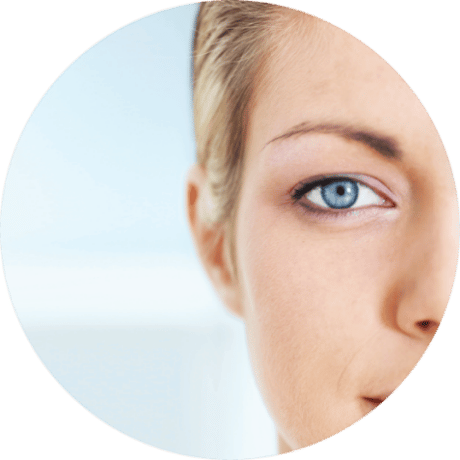
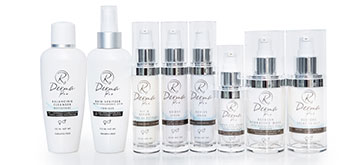
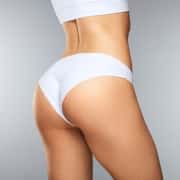

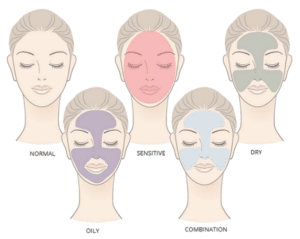
 The term ‘normal’ skin is widely used to refer to well-balanced skin. The scientific term for well-balanced skin is eudermic. Normal skin: is neither overly oily nor dry; is rarely sensitive or particularly problematic; has balanced sebum production and good blood circulation. This well-balanced healthy skin type has even levels of moisture and hydration, uniform texture and no obvious problem areas.
The term ‘normal’ skin is widely used to refer to well-balanced skin. The scientific term for well-balanced skin is eudermic. Normal skin: is neither overly oily nor dry; is rarely sensitive or particularly problematic; has balanced sebum production and good blood circulation. This well-balanced healthy skin type has even levels of moisture and hydration, uniform texture and no obvious problem areas.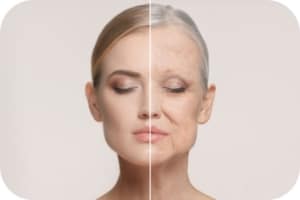

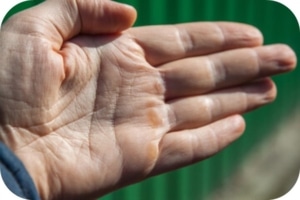
 Extremely dry skin
Extremely dry skin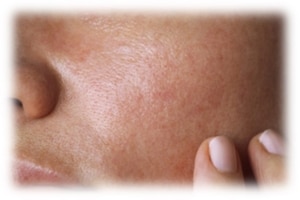
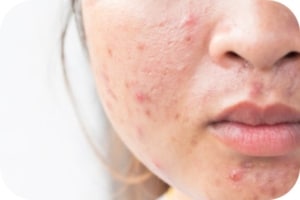 Oily skin is prone to comedones (blackheads and whiteheads) and to other varying forms of acne.
Oily skin is prone to comedones (blackheads and whiteheads) and to other varying forms of acne.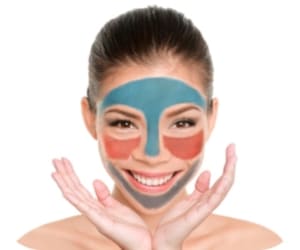
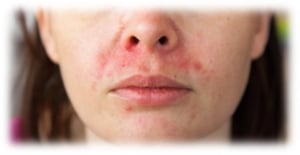


 If…
If…

 Signs of Aging
Signs of Aging